Golestan Palace is one of the monuments of Iran on UNESCO Heritage List. Due to its unique architectural and decorative properties, it is an ideal place for photography and taking wonderful images. This palace includes a collection of historical buildings in Tehran. Golestan Palace is one of the palaces of Zandiyeh and Qajar eras, which has been built in Tehran. It registered on Iran National Heritage List in 1955 and on UNESCO World Heritage List in 2013.

Golestan Palace’s case was sent to UNESCO in 2007 and finally got able to obtain UNESCO World Heritage Site experts’ consent at the 37th annual conference and eventually make it onto UNESCO World Heritage List. Before this, some issues including the tall building next to the palace has been a concern for many heritage lovers and cultural experts. After investigating the issues, however, UNESCO experts have listed the palace as the 16th Iranian monument in the world. In addition, major historical events happened at the site has made it a living document of Iran’s history. The complex, which is considered as one of the landmarks of Tehran, is located in the old parts of the city and can be easily accessed by public transportation, and get mesmerized by all the beauty, history, architecture, culture and art of Iran.
See More: Top 10 Museums in Tehran

The buildings in Golestan Palace are: Shams Ol-Emareh, Salam Hall, Mirror Hall and the painting by Kamal-ul-Mulk, Marble Throne veranda, Marble Throne, Pool room (Hozkhaneh), Abyaz Palace, Khalvat Karimkhani, Emarat-e-Badgir, Ivory Hall, Diamond Hall, Brilliant Hall and Badgir Hall Pool Room (Hozkhaneh).
Some of the Shahs who lived in Golestan Palace are Aqa Mohammad Khan Qajar, Fat-h Ali Shah Qajar, Mohammad Shah Qajar, Naser al-Din Shah Qajar, Mozaffar ad-Din Shah Qajar, Mohammad Ali Shah Qajar and Ahmad Shah Qajar.

Marble Throne Veranda is the oldest monument of Golestan Palace since the reign of Karim Khan Zand and with its beautiful decorations such as stucco art, Khatam work, stone carving, wood carving, lattice work and mirror work is glows like a jewel.

Salam Hall is located on the northwest side of the palace, which was built with the aim of a museum from the very beginning. Naser al-Din Shah decided to set up museums in this royal citadel, similar to those he saw in western countries. The old buildings in this part of the garden were demolished, and the museum, the pool room and … were constructed. The first museum in Iran was established in Golestan Palace.
See More: List of Top 10 Museums in Iran

The Mirror Hall is one of the famous halls of Golestan Palace, which is located right next to Salam Hall. A large part of the hall’s fame centers on the famous painting by Kamal ul-Mulk of the mirror hall and Naser al-Din Shah which took five years to complete. What’s interesting about this painting is the breadth of the hall, which is much larger than the actual hall, and this shows the painter’s art in magnifying the hall.

Ivory Hall is another splendid monument of Golestan Palace. Although its exact construction date is not known; Based on the evidence, it was built before the Salam Hall and the Mirror Hall. The climax of its beauty is seen in the watercolor painting by Mohammed Khan Malek osh-Sho’arā, which was painted in 1866, from the exterior view of the hall. Currently, two large elephant tusks are in the hall which can explain its name.

Emarat-e-Badgir is located on the south side of the beautiful Golestan complex. It was built during the time of Fat-h Ali Shah, and it underwent a lot of changes during Naser al-Din Shah era which we can see it today.

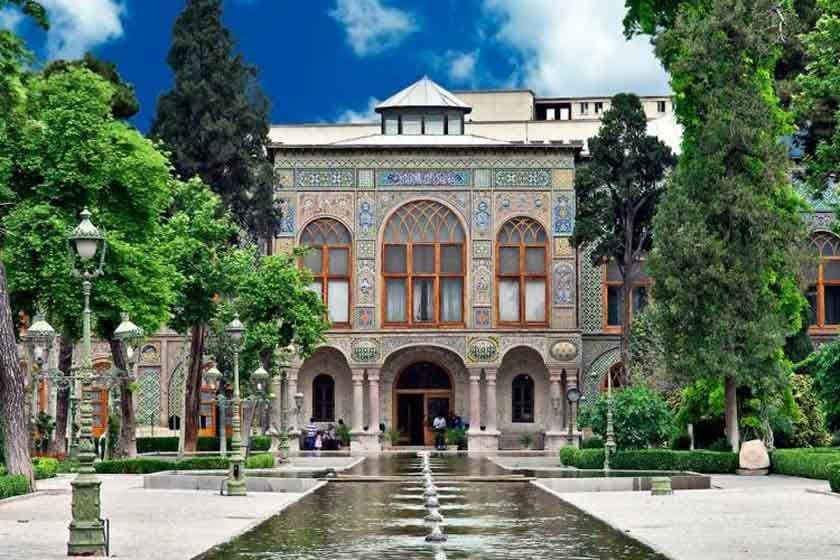

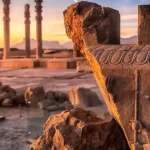
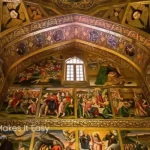
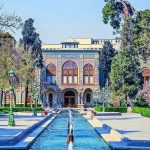
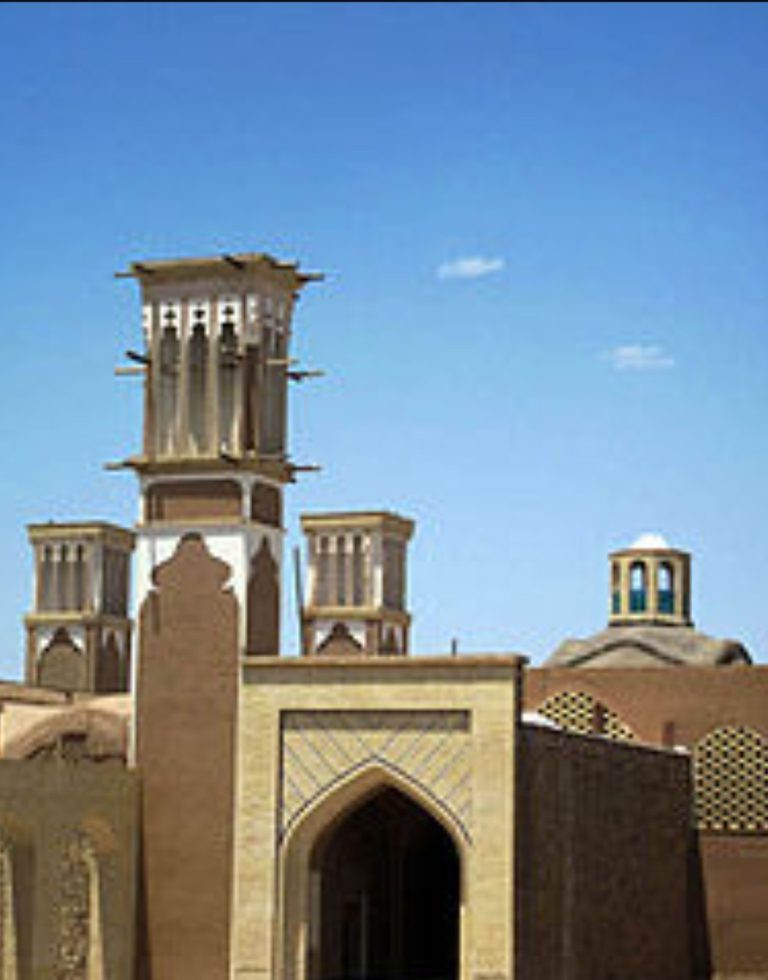

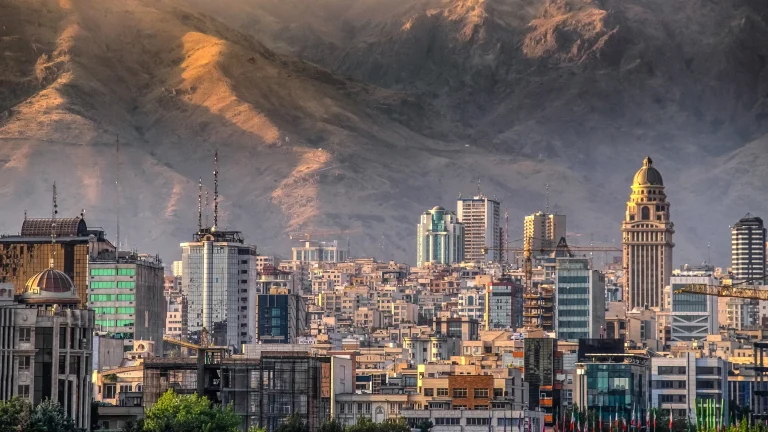
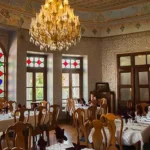
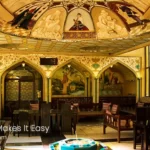

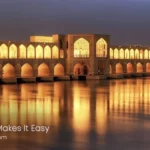
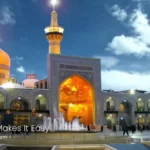
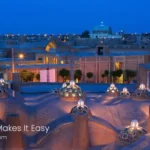

[…] exhibit intricate mosaics and breathtaking gardens among the Iran UNESCO World Heritage Center. Golestan Palace is a true architectural gem among the Iran World Heritage Sites, offering a glimpse into the […]